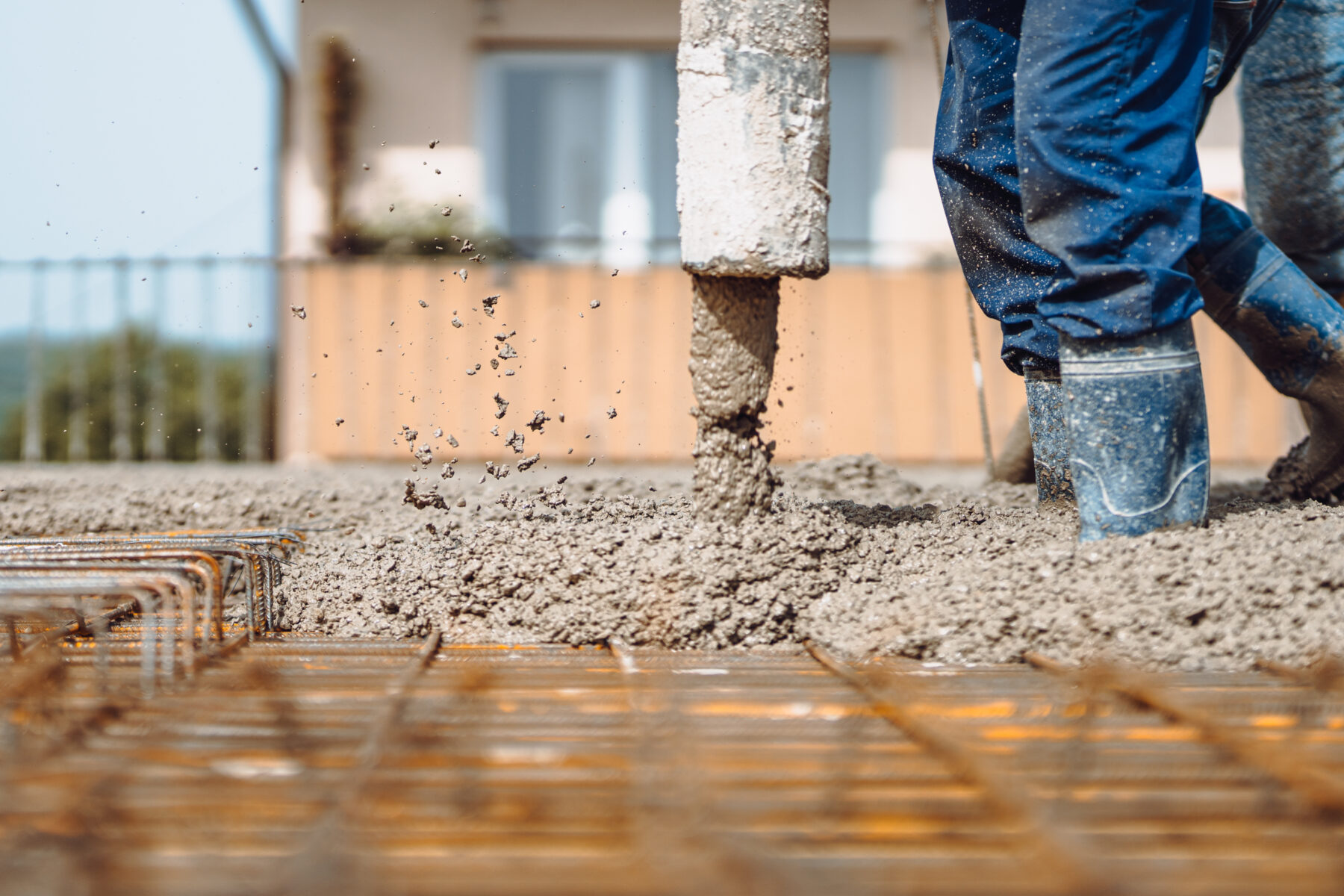How Technology is Revolutionizing Concrete Pouring for Faster Construction
May 5, 2025
Construction projects have traditionally balanced the competing priorities of speed and precision. Today’s job sites, powered by innovative technologies, are achieving both simultaneously. Nowhere is this advancement more evident than in concrete pouring methods. What was once a labor-intensive, time-consuming phase has evolved into a hub of automation, data, and smart coordination. Concrete pouring has entered a new era, and it’s changing what construction teams can deliver, how fast they can deliver it, and how confidently they can plan their next move.
From Gut Feelings to Real-Time Data
Concrete pouring has always demanded timing, accuracy, and a good deal of intuition. A lot depended on the crew’s experience, coordination, and ability to read changing conditions on the move. Those instincts still matter, but now they’re backed by hard data, real-time sensors, and GPS-guided automation.
Today’s tech-enhanced formwork and pump systems can monitor pressure, temperature, and flow as concrete moves from mixer to mold. Concrete maturity sensors buried in the pour track curing progress without the guesswork. Site supervisors no longer need to manually inspect the slab with a clipboard. A tablet or smartphone connects them directly to what’s happening below the surface.
This shift toward data-driven pouring reduces delays caused by premature form removal or improper curing. It helps teams identify issues before they become problems. And with each pour tracked and analyzed, continuous improvement becomes operational reality.
Smart Pumping Systems Are Raising the Bar
Concrete pumping, previously known for its bottlenecks and errors, has evolved into one of the most technologically advanced aspects of the pouring process. Today’s intelligent pumps use automated controls and adaptive flow systems that adjust to material consistency, hose length, and environmental factors, all while maintaining fluidity. This means fewer blowouts, less waste, and a tighter window for each job phase.
Some of the latest pump systems even integrate with BIM (Building Information Modeling) platforms, syncing directly with digital blueprints to guide placement. This level of integration tightens margins, speeds up sequencing, and introduces more predictability to a process once defined by weather, workforce, and workarounds.
Prefabrication and 3D Printing Push the Envelope
While on-site pouring is getting smarter, off-site innovations are opening new frontiers. Prefabricated concrete components, precision-made in controlled environments, are now delivered to sites and installed with minimal adjustments. That reduces curing time, labor costs, and project risk.
Even more cutting-edge are large-scale 3D concrete printers capable of building walls, footings, and decorative features directly from digital models. These machines can complete complex geometries in a fraction of the time it takes traditional teams to form and pour. And while still niche in most regions, the trajectory is clear: faster, leaner, and more flexible concrete construction is absolutely plausible.
Workflow Integration Keeps Projects Moving
Technology isn’t just improving the sequence; it’s transforming how concrete work fits into the larger project timeline.
Project managers now have tools that tie concrete deliveries, equipment staging, weather forecasting, and workforce scheduling into a single platform. When a pour is planned, everything from site access to inspection windows can be lined up in advance, reducing downtime and smoothing the handoff to the next crew.
Delays due to missing rebar, late deliveries, or incomplete site preparation are significantly reduced when systems are interconnected, and schedules remain flexible.
More importantly, this level of integration helps keep fast-track projects on track. The margin for error is shrinking, but with the right tools, so is the risk.
A Better Experience from Groundwork to Grand Opening
Faster concrete pouring isn’t just about racing against the clock. It focuses on reducing rework, limiting material waste, and improving job site safety. It aims to free up skilled workers for high-value tasks rather than waiting for slabs to cure. And for developers and owners, it’s about seeing projects come to life without unnecessary delay. This isn’t just evolution. It’s a new standard, where technology doesn’t only support construction, it drives it forward.
As the industry continues pushing boundaries, one thing is clear: concrete work is no longer confined to traditional methods. Pouring is now faster, smarter, and far more coordinated. And that momentum is continually increasing. For teams aiming to remain competitive, the tools are readily available. It’s merely a matter of using them effectively.


